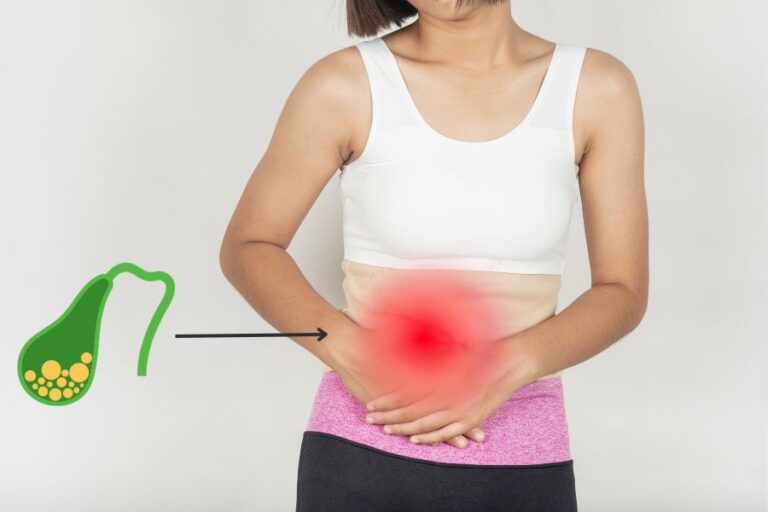- Phone: +91 94800 58379
- Mon-Sun 24/7
- contact.sanyrahospital@gmail.com


Gallstone

A gallstone is a common condition involving precipitated bile components in the gallbladder. It is asymptomatic, but if obstructing the bile duct, it can cause acute cholestasis, a reflexive muscle spasm, and a biliary colic, or “gallbladder attack.” This occurs in 1-4 of those with gallstones each year. Bile components like cholesterol, bile salts, and bilirubin form the stones. Symptoms can be diagnosed using ultrasound, while complications can be detected through blood tests. Maintaining a healthy weight and diet is recommended. Surgery is often recommended for gallbladder attacks, and medication can dissolve stones or lithotripsy in rare cases.
1. Cholesterol Stones: most common and the below are the types
2. Pigment Stones: are less common. The causes of pigment stones include:
1. Genetic risk factors:
2. Medical risk factors:
living with cirrhosis
3.Lifestyle risk factors:
living with obesity

We are happy to assist you! Fill the form we will contact you soon!
Sanyra Hospital is a leading Multi-Speciality Hospital in Kengeri Bangalore and diagnostic centre. With a commitment to providing high-quality healthcare services, it offers a wide range of medical specialties and advanced diagnostic facilities to meet the diverse healthcare needs of the community. We have dedicated urology center & dialysis center.
© 2023, Sanyra Hospital. All Rights Reserved.
WhatsApp us